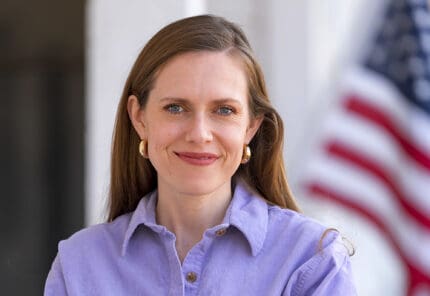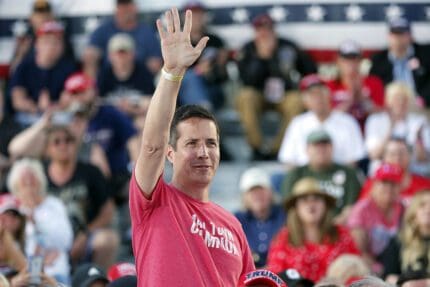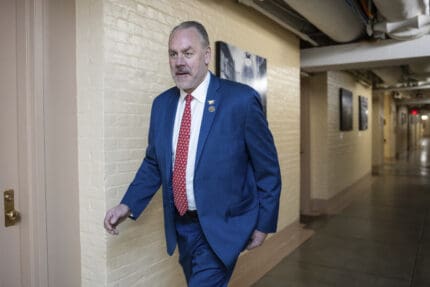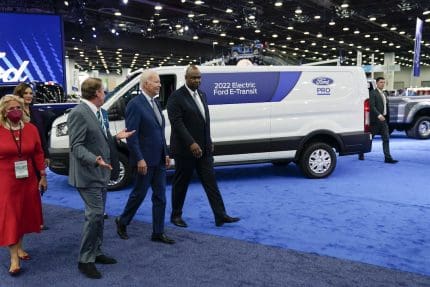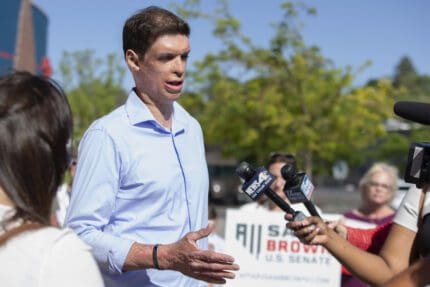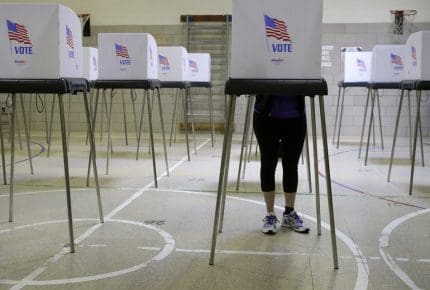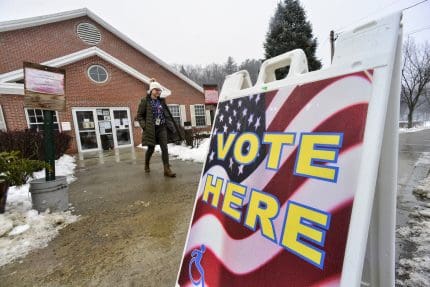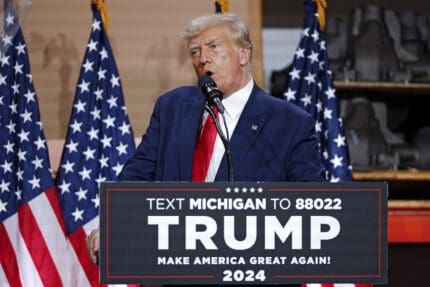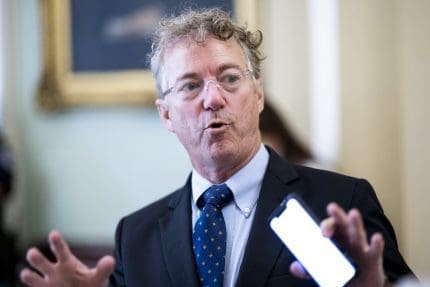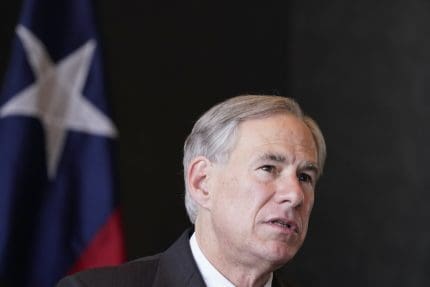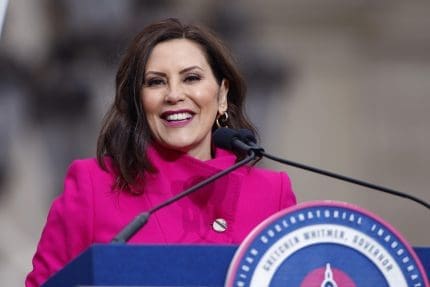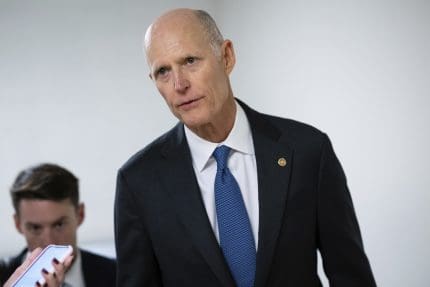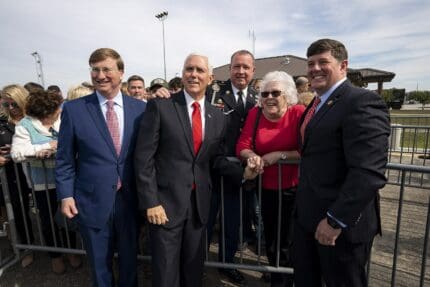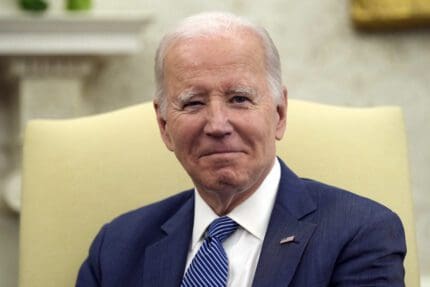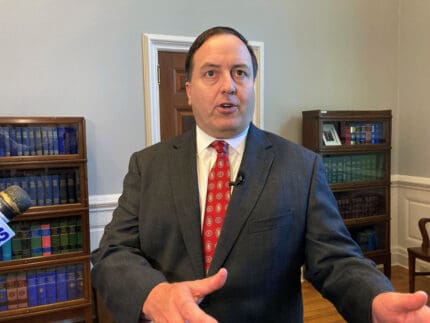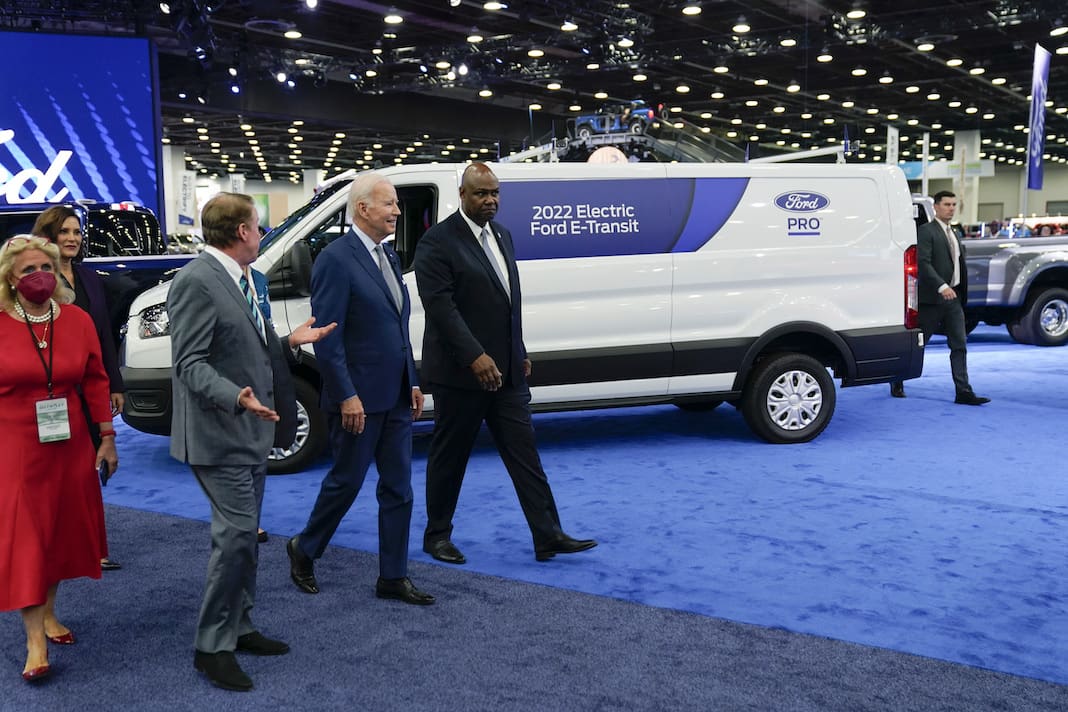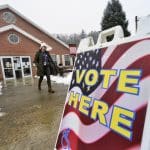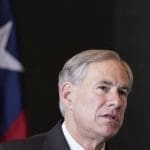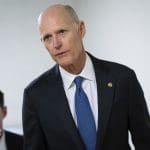Biden administration releases first-ever report on diversity in federal government
The report reflects marginal gains in representation for women and some communities of color.
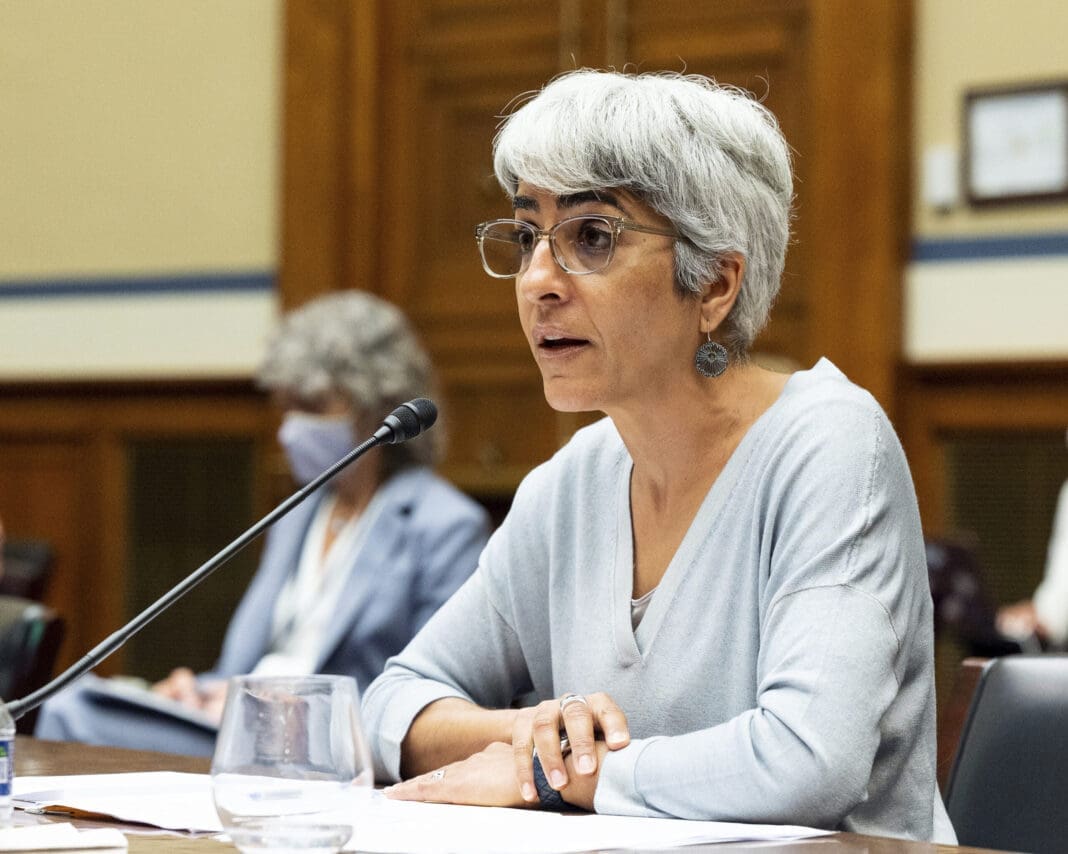
Originally published by The 19th
By Sara Luterman and Kate Sosin
The Biden administration has a new warning for private employers: “We are going to start being a competitor of yours,” said Dr. Janice Underwood, director of the Office of Diversity, Equity, Inclusion, and Accessibility (DEIA) at the federal Office of Personnel Management (OPM), in an interview with The 19th.
The federal government will fight to attract top talent to its workforce. To that goal, OPM, which serves as the human resources arm of the federal government, has released its first-ever report on diversity across the federal workforce. The 31-page document breaks down hiring and retention across agencies and gives a snapshot of the administration’s efforts to remove barriers for applicants from underrepresented communities. It’s an area where the federal government has historically struggled, Underwood concedes.
In June 2021, Biden issued an executive order directing OPM and other federal agencies to draft a strategic plan for prioritizing diversity in hiring and retention. The February 15 report is a result of that order and offers some of the first simple, publicly accessible demographic data on the federal workforce, with breakdowns by race, gender and disability.
The numbers reflect a federal government that made marginal gains toward racial diversity between 2017 and 2021. Black employees accounted for 18.15 percent of the federal workforce in 2017 and 18.19 percent in 2021, while the percentage of Latinx employees jumped from 8.75 percent to 9.95 percent. Asian workers went from 5.99 to 6.49 percent, and Native American and Alaskan Native workers dipped in representation from 1.69 percent in 2017 to 1.62 in 2021. Native Hawaiian and Pacific Islanders made up 0.51 percent of workers in 2017 and 0.59 percent in 2021.
Women made up 43.38 percent of the workforce in 2017, a number that grew to 44.44 percent in 2021. Nonbinary workers are largely excluded from the tracking, an area that the report and Underwood note will change with future reporting.
“Having this gender binary doesn’t go far enough [and] is not inclusive for our workforce,” Underwood told The 19th. “So OPM and the office of DEIA in particular are really taking the lead and reimagining what that could look like, everything from what it looks like on forms to what it looks like when you apply for jobs.”
Underwood said the government can’t change what it doesn’t measure. Officials add that the tracking effort, in general, is critical to serving an increasingly diverse public and also competing for the top minds in hiring.
“In order to recruit and sustain the best talent, we must ensure every service-minded individual feels welcome and supported in contributing their talents to the Federal workforce,” said OPM Director Kiran Ahuja in a statement.
The first-ever report reflects a government in the midst of cultural change. Last September, OPM launched a council of chief diversity officers across federal agencies. The group has been tasked with setting government goals and benchmarks and identifying obstacles that might keep some groups from applying for jobs.
Among the first changes has been to the federal government’s practices for hiring interns, positions that have historically been unpaid.
“Everybody can’t afford to move to Washington, D.C., for an unpaid internship, and we have amazing talent all over this nation that does not have proximity to Washington, D.C.,” Underwood said. “I’m really excited about the launch of the paid internship guidance that all of our federal agencies have received.”
While the report does not track employees’ LGBTQ+ status, it does emphasize the expansion of LGBTQ+-friendly practices, including increased use of pronouns throughout government to affirm trans and nonbinary colleagues, as well as reiterating that all contracted insurance carriers cover gender-affirming care.
It also offers data on disability hiring for the first time. Efforts to increase disability employment in the federal government are long-standing. Since the passage of the Rehabilitation Act of 1973, the federal government has been obligated to hire people with disabilities, although the law did not set any particular numbers or benchmarks.
In 2010, President Barack Obama issued an executive order stating that the federal government, as the nation’s largest employer, must “become a model for the employment of individuals with disabilities.” The order directed federal agencies to improve efforts to recruit, hire and retain workers with disabilities, with the goal of hiring 100,000 more people with disabilities into the federal government over five years.
According to a 2015 report from the OPM, the government slightly exceeded that goal, at 109,575 new hires. However, the federal government has struggled with retention. People with disabilities working for the government are three times more likely than their non-disabled colleagues to quit.
In January 2017, before President Donald Trump was sworn in, the Equal Employment Opportunity Commission released a rule to amend regulations related to the Rehabilitation Act of 1973 that set a goal for 12 percent representation of people with disabilities among the federal workforce. At that time, 11.1 percent of federal employees identified as disabled.
According to the latest report from OPM, 16.6 percent of federal employees identify as having a disability, surpassing the benchmark set under the Trump administration. The report did not include information on disability representation in leadership.
Biden’s executive order requiring a government-wide strategic plan brought disability employment under the same umbrella as other diversity, equity, inclusion and accessibility efforts.
The report is expected to have broad implications because the federal government often sets a standard for the private sector in business practices.
“We endeavor to be the model employer for the nation,” Underwood said. “But we have a lot to learn as well.”
Recommended

Biden campaign launches new ad focused on Affordable Care Act
Former President Trump has said he wants to do away with the popular health care law.
By Kim Lyons, Pennsylvania Capital-Star - May 08, 2024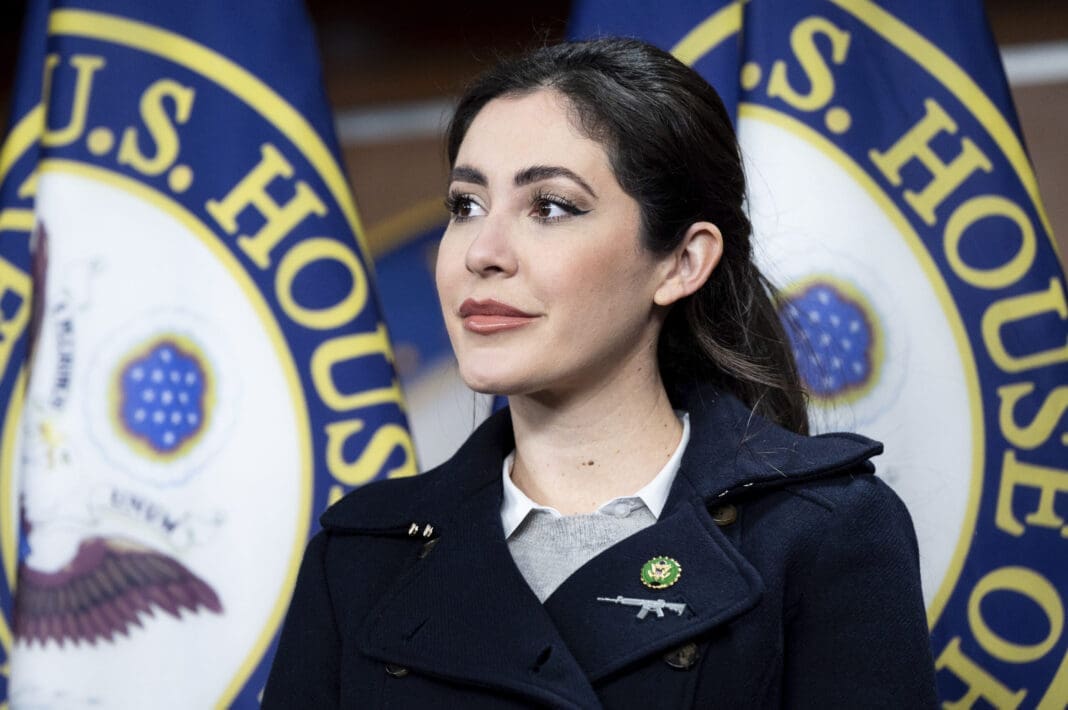
Florida abortion ban puts GOP Rep. Anna Paulina Luna’s anti-choice views in spotlight
Luna supports abortions bans with no exceptions for rape
By Jesse Valentine - May 07, 2024
Trump leaves door open to banning medication abortion nationwide
Donald Trump is planning to release more details in the weeks ahead about how his administration would regulate access to medication abortion, according to comments he made during a lengthy interview with Time magazine published Tuesday.
By Jennifer Shutt, States Newsroom - April 30, 2024











